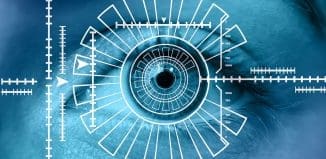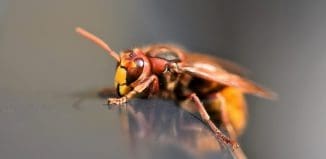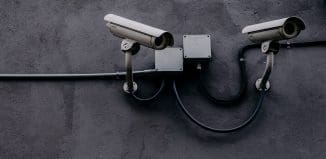Nano-UAV – ISR Capabilities Right from Combat Vest Pocket
This post is also available in:  עברית (Hebrew)
עברית (Hebrew)
A new version of a military nano-UAV has been under development. FLIR’s Prox Dynamics unit is in the process of developing a new version of its PD-100 Black Hornet nano rotary-wing unmanned aerial vehicle (UAV).
The new PD-100 Black Hornet 3 will feature a larger air vehicle, weighing as much as 35 g compared to the 18 g all-up weight of the Black Hornet 2. The new version nano-UAV has the class 0 UAV status which frees it from flight restrictions. The complete system fits into a pocket and is airborne within one minute. It requires little training and no pilot experience.
According to janes.com, the system’s primary role is as a soldier-borne close reconnaissance asset will be maintained, with a concept of operations that sees it carried on a combat vest.
Although he was unable to disclose specifics regarding the performance enhancements that will be brought into the new system, Ole Aguirre, director UAS business development for FLIR Systems, said that Prox Dynamics’ acquisition by FLIR enables the air vehicle design to take advantage of a wider range of payloads and technologies – those already developed by FLIR and bespoke systems.
At present, Black Hornet 3 is slated to feature day/night video, a metadata and snapshot function, an advanced GPS-based autopilot, and functionality in GPS-denied environments.
The system will participate in the US Army’s Maneuver Battle Lab’s Army Expeditionary Warrior Experiment (AEWE) 2018 event, where it will take part in the live fire and force-on-force sections.
PD-100 systems have been sold to operators in 23 countries, Aguierre said.
According to Prox Dynamics’ website, the PD-100 has been the first airborne and commercially available Personal Reconnaissance System. It provides end users with a highly mobile sensor system providing an immediate Intelligence, Surveillance and Reconnaissance capability.
The series missions include search and rescue, reconnaissance in confined areas, look behind, between and below obstacles, bird’s eye view for situational awareness, object identification, proximity surveillance, crowd control, nuclear installations inspections, and check of chemical plants after incidents and accidents.






























